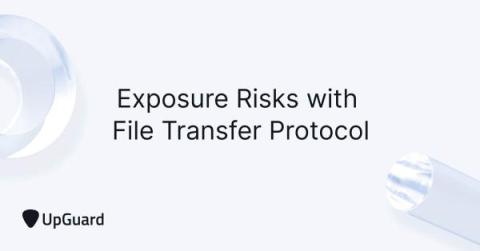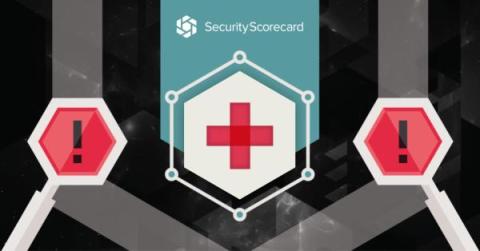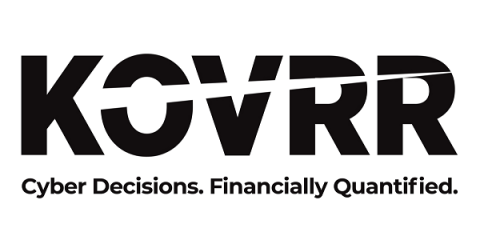The Essentials of Cyber Security Risk Management
As businesses have evolved, so have cybercriminals and the means they use to try and penetrate their digital assets. Every day, new threats arise and unscrupulous organisations create means to attack physical networks, cloud services, and other key business functions and this is why having a robust cyber security risk management plan is critical.








